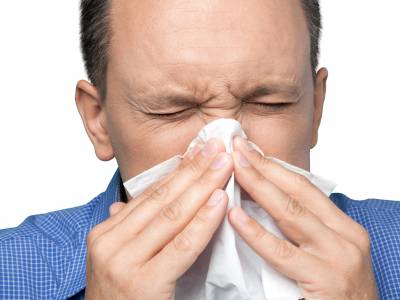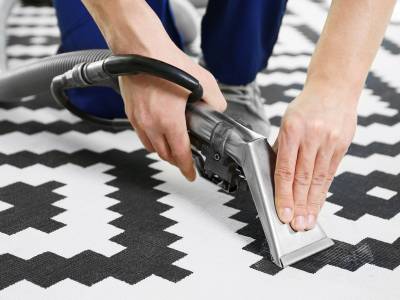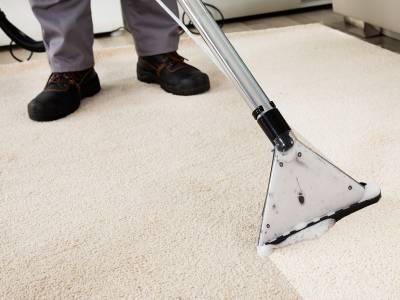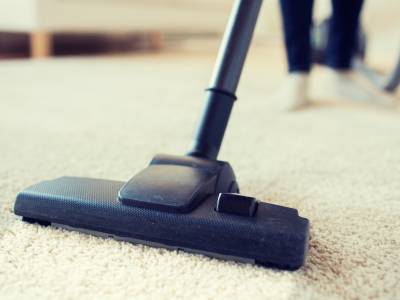Here’s a quick consumer guide to understand this safe cleaning method.
The term low moisture implies the following:
- Reduction or prevention of potential wicking
- Reduction of microbial growth potential
- Reduction of slip-and-fall accident potential
- Prevention of shrinkage
- Reduction or elimination of the drying time
- Conservation of water and energy
The ultimate goal is to control or lessen the amount of moisture in order to avoid any of these relevant negative concerns.
When any other method is used on these textile floorcoverings, it is common for rugs and carpets to exhibit any of the following:
- Shrink or become dimensionally unstable.
- Discolor or exhibit color bleed
- Change in texture
- Collect dirt, referred to as “wicking”
- Mold or mildew
After carpet has been cleaned, the IICRC says drying times are affected by:
- Temperature
- Humidity
- Airflow
Understanding Absorbancy and Adsorbency
Aside from temperature, humidity and airflow, the absorbancy and adsorbency of the fiber is a factor of how much water there is to evaporate. Absorbancy is the amount taken inside of the fiber. Adsorbency is the amount of water added to its surface. Natural fibers take longer to dry because synthetics because natural fibers absorb more water.
The proper definition of low moisture cannot be as simple as saying it is a method, an arbitrary drying time or even based upon absorbency. One must take careful consideration of the primary aim of implementation of “low moisture” cleaning. That is, to safely clean that which may be harmed by the use of excess moisture.
The only workable definition is this one: A system in which the cleaning technician uses techniques by which there is a purposefully controlled moderation of moisture, in order to minimize drying time, prevent wicking and keep from damaging carpet or its fiber. Only then will you have what the industry seeks to define as “low moisture cleaning.









